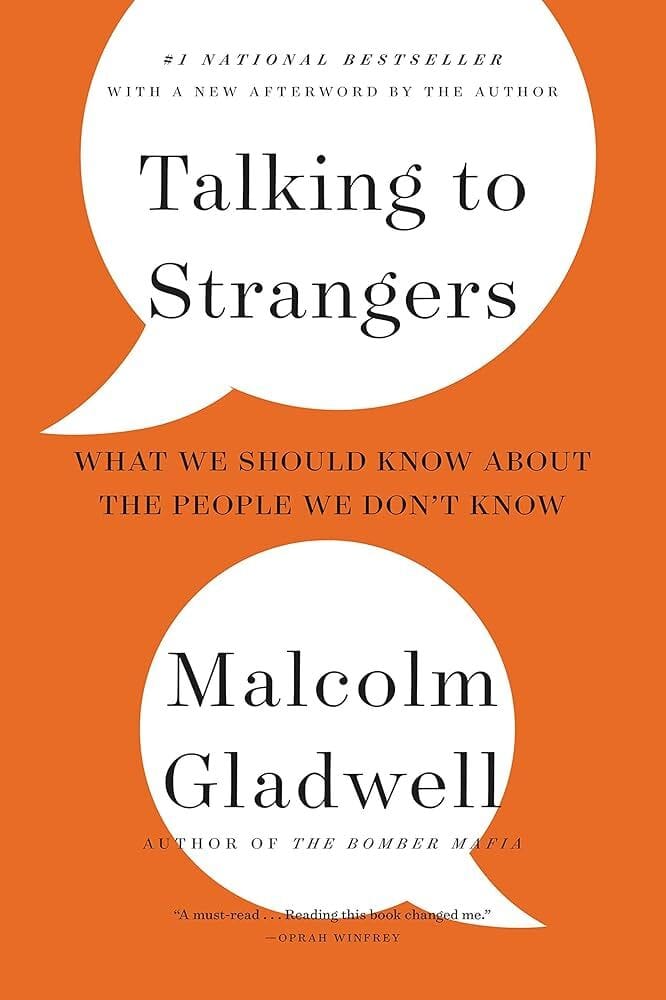- Sunday Snacks
- Posts
- Sunday Snacks: First Edition!
Sunday Snacks: First Edition!
Last month has been eventful- Here is all the cool stuff I have found


Tech Tools For You
Notion is one of the most popular tools for planning, organizing, and note-taking. It's incredibly versatile, allowing you to create your own productivity system from scratch. But, let's be honest—it can also be overwhelming at first, especially with the level of freedom it provides. If you’re feeling that Notion might be more than you need, there’s no shame in starting simpler.
The Notes app on iPhone has come a long way and deserves some love. With its latest updates, it's become a powerful yet easy-to-use tool for organizing your thoughts and tasks. Here are some features that make it stand out:
Text Formatting: You can now bold, italicize, underline, and even highlight text, making it easier to structure your notes.
Checklists: Create checklists to stay on top of your to-dos, whether it’s a study plan or a grocery list.
Folders and Tags: Organize your notes into folders and use tags for quick access, keeping everything neat and easy to find.
Collaboration: Share notes with friends or classmates to collaborate on ideas or projects.
Handwriting & Sketching: Use the Apple Pencil or just your finger to add handwritten notes or sketches.
Math Features: With the recent updates, you can even include simple math equations or use formatting to make your notes more technical if needed.
If you’re an Apple user, give Notes a try—it might just be the minimalist solution you need. For Android users, Google Keep is a fantastic alternative. It's simple, easy to use, and offers features like checklists, voice notes, color coding, and label organization to help you stay on top of your tasks.

The Best Study & Work Setup for Comfort and Efficiency
Let’s talk workspace. The right setup can make a huge difference in productivity, but it's not just about ergonomics—it’s about finding a space that inspires focus. I personally prefer working outside of my apartment—cafes, the library, or even outdoors are my go-to spots to stay focused and avoid distractions.
If you're setting up your own study or workspace, here are some tips inspired by College Info Geek's guide on creating the perfect study space:
Separate Your Spaces: Try to dedicate a specific area just for studying or working. It helps your brain associate that space with productivity, making it easier to get into the zone.
Declutter: Keep your workspace tidy. Clutter can be distracting, and a clean environment can help keep your mind clear and focused.
Lighting Matters: Natural light is ideal, but if that's not an option, use a quality desk lamp. Good lighting can reduce eye strain and help improve your mood and focus.
Comfort, but Not Too Comfortable: Make sure you have a comfortable chair and desk setup, but avoid anything too cozy that might lead to sleepiness. You want to be alert, not ready for a nap.
Add a Touch of Personality: Make your space somewhere you enjoy spending time. Add a plant, put up a motivational quote, or keep a small object that inspires you.
Remove Distractions: If you can, keep your workspace away from things that might distract you. This could mean finding a spot without a TV or keeping your phone out of reach while you work.
The Right Tools: Gadgets like noise-cancelling headphones, a laptop stand, and a standing desk converter can make a big difference in staying comfortable and productive. Noise-cancelling headphones are great for blocking out distractions, especially if you’re working in a shared space or noisy environment. A laptop stand keeps your screen at eye level and helps with posture, while a standing desk converter allows you to switch between sitting and standing, keeping you more active throughout the day.
The key is to make your space conducive to productivity, whether that’s at home, in a cafe, or a cozy library nook. Experiment and find what works best for you!

Key Takeaways from 'Talking to Strangers' by Malcolm Gladwell
Talking to Strangers by Malcolm Gladwell is a book that really gave me new insight into how we perceive and interact with others. Here are five key takeaways that you can apply in your life:
Question Assumptions: Gladwell emphasizes how often we make incorrect assumptions about people based on limited information. Instead of relying on first impressions, take the time to understand others more deeply before making judgments.
Example: In Chapter 3, Gladwell discusses the case of Amanda Knox, illustrating how assumptions based on appearances can lead to massive misunderstandings. Knox was wrongly accused largely because investigators misinterpreted her behavior, showing the importance of questioning our initial judgments and digging deeper before concluding.
Embrace Nuance in Communication: Communication is complex, and misunderstandings are common. Practicing active listening and being more aware of the nuances in how others communicate can go a long way.
Example: In Chapter 6, Gladwell explains the concept of "default to truth"—the tendency to believe people are telling the truth—and how it can lead to communication breakdowns. For instance, the failure to recognize signs of deceit in interactions can cause major misunderstandings, as in the Bernie Madoff case where people assumed honesty because it was the easier route.
Be Aware of Biases: The book highlights how biases can distort our perception of strangers. Being aware of personal biases can help you approach new people with a more open mind and avoid unfair judgments.
Example: Gladwell's discussion of the Sandra Bland case (Chapter 8) highlights how biases and preconceived notions can escalate situations unnecessarily. The tragic outcome was largely due to the biased assumptions made by the police officer, emphasizing the need to check our biases in interactions to prevent such escalations.
The Importance of Context: Gladwell shows how understanding context is crucial when interacting with others. As you navigate social and professional situations, remember to consider the bigger picture before making decisions or assumptions.
Example: In Chapter 2, the story of Cuban spies illustrates how U.S. intelligence officials failed to see the broader context of the spies' actions, which led to gross misjudgments. This example shows that considering the bigger picture often reveals important details that change how we interpret someone else's behavior.
Practice Empathy: Understanding that everyone has their own struggles and perspectives can lead to more meaningful connections. Practicing empathy can enhance your relationships and collaborations.
Example: In Chapter 5, Gladwell shares the story of Sylvia Plath, illustrating how a lack of empathy and understanding of someone's inner struggles can lead to tragic outcomes. By better understanding Plath's emotional state, those around her could have offered more effective support, highlighting how empathy can foster deeper, more supportive relationships.
Sunday Snacks Picks - Curated Recommendations
Here are a few things I’ve been loving this week:
App: Forest – A simple but effective app to stay focused by planting virtual trees as you work. It helps me stay on track, especially during study sessions.
Article: “The Eisenhower Box: How to be More Productive” – This article by James Clear introduces the Eisenhower Matrix, a powerful decision-making framework used by President Eisenhower to determine priorities. It provides practical strategies to help you decide what's urgent, what's important, and how to maximize productivity by focusing on what truly matters.
YouTube Video: Colin and Samir: How YouTube Beat Netflix – In this video, Colin and Samir explore how YouTube has managed to surpass Netflix in certain areas. They break down the strategies YouTube used to dominate the content landscape, focusing on creator-driven content and the power of user-generated videos. It's a fascinating look into the evolving dynamics of online streaming.
Hope you enjoyed this first edition of Sunday Snacks! Let me know what you found helpful, or if there’s anything you’d like to see more of. Have an awesome week!
I wanted to give a special thank you to my first subscriber, Kristin. It means a lot to me, Thank you :)